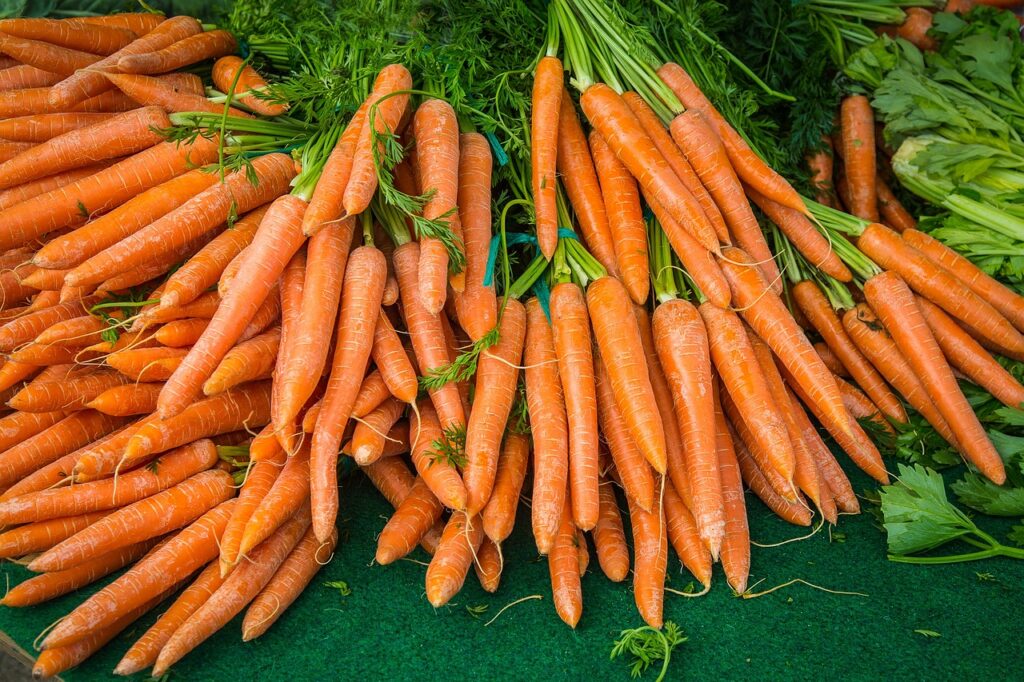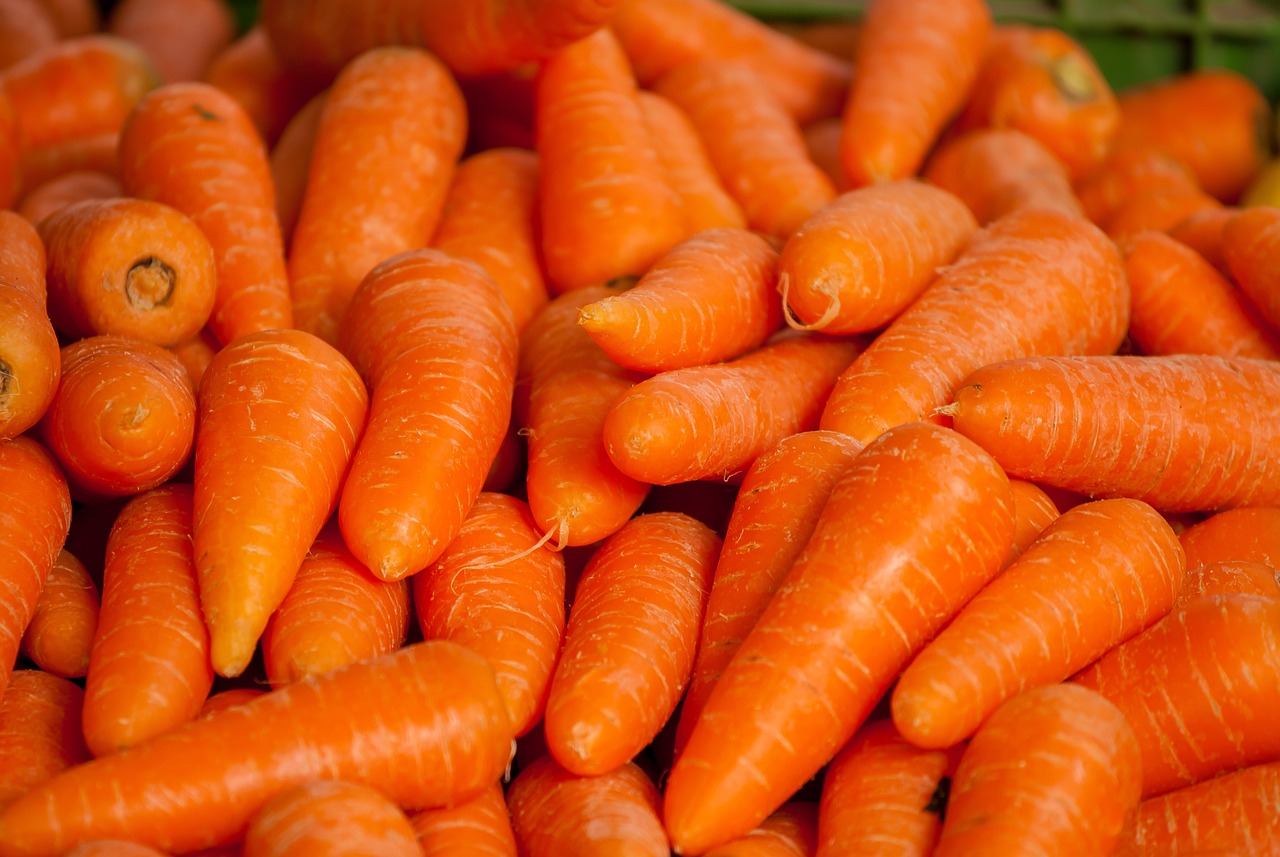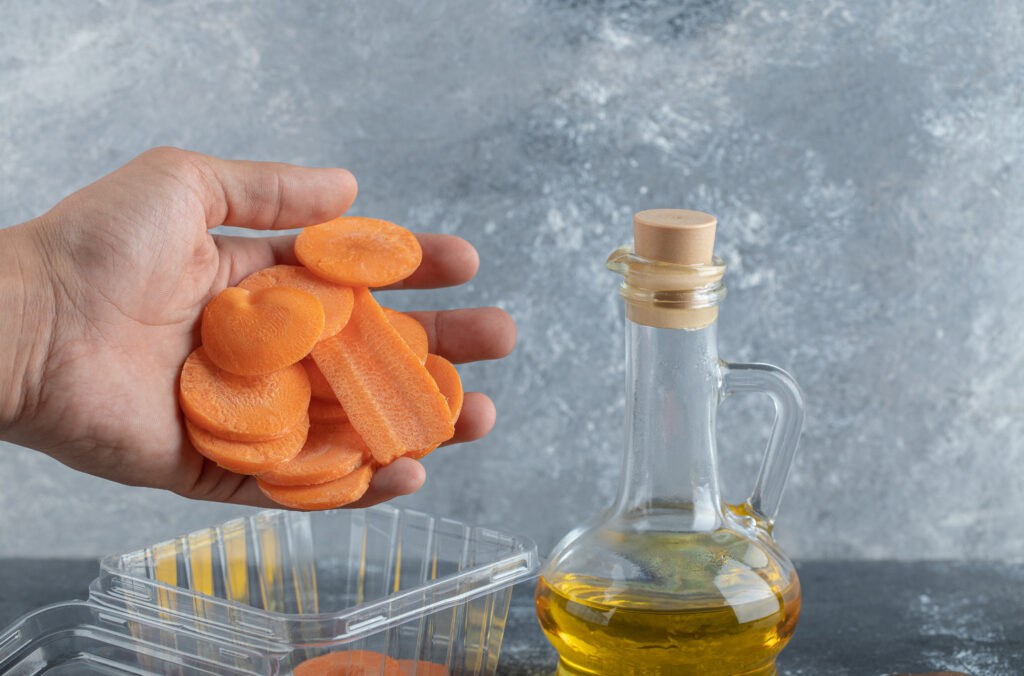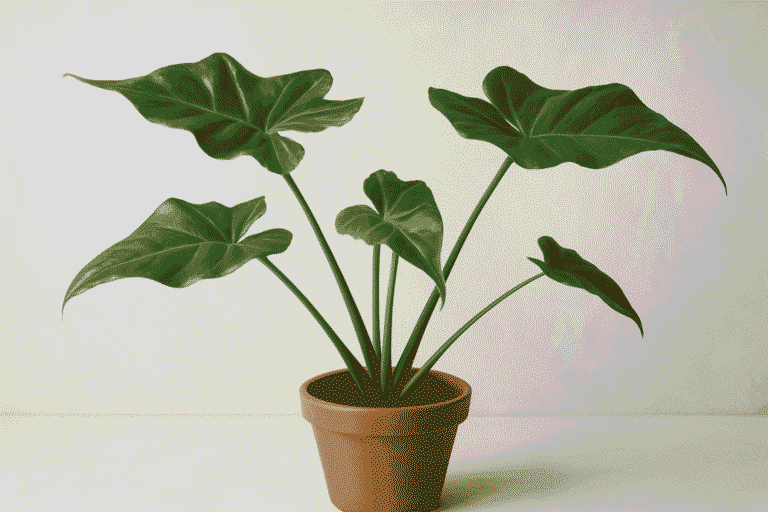The Ultimate Guide to Carrot Seeds

Introduction to Carrot Seeds
Carrot seeds might be tiny, but they play a big role in growing crisp, delicious carrots. If you’ve ever struggled with patchy germination or oddly shaped carrots, don’t worry—you’re not alone! Growing carrots from seed takes a little patience and the right approach, but once you get the hang of it, it’s incredibly rewarding.
The first thing to know about carrot seeds is that they need light, loose soil to grow well. Because they’re so small, they can easily get buried too deep or washed away if the soil is too compact. A good trick is to mix the seeds with a bit of sand before planting to help with even spacing. This prevents overcrowding, which can lead to thin, twisted carrots.
There are so many varieties of carrot seeds to choose from, whether you love the classic orange types or want to try something unique, like purple or yellow carrots. Each variety has its own growing time and flavor, so you can experiment to find what works best for your garden.
Patience is key—carrot seeds can take up to three weeks to sprout. But with consistent moisture and a little care, you’ll soon see those tiny green shoots popping up. In this guide, we’ll walk you through everything you need to know about carrot seeds, from planting to harvest, so you can enjoy a bountiful crop of homegrown carrots.
How to Plant Carrot Seeds
Planting carrot seeds is simple, but getting them to grow into straight, healthy carrots takes a little care. Since carrot seeds are tiny, they need the right soil conditions and proper spacing to thrive. If you’ve ever ended up with crooked or stunted carrots, chances are the soil was too compact or the seeds were too close together.
Start by choosing a sunny spot with loose, well-draining soil. Carrots grow best in light, sandy soil without rocks or clumps that could cause them to twist. Before planting, loosen the soil at least 12 inches deep and mix in some compost to give your carrot seeds a nutrient boost.
When it’s time to plant, sprinkle the seeds lightly over the soil in shallow rows, about 1/4 inch deep. Since they’re so small, it’s easy to plant too many in one spot. To avoid this, try mixing the
seeds with sand or using seed tape for better spacing. Once planted, cover them lightly with soil and water gently.
Carrot seeds take their time to sprout—usually 10 to 21 days—so be patient and keep the soil consistently moist. With the right care, you’ll soon see tiny green shoots, the first sign of your future crunchy, homegrown carrots!
10 Benefits of Carrots

Carrots are more than just a crunchy snack—they’re packed with nutrients that support overall health. Whether you’re growing them from carrot seeds or picking them fresh from the market, adding carrots to your diet comes with plenty of benefits.
- Boosts Eye Health – Carrots are rich in beta-carotene, which converts into vitamin A, essential for good vision.
- Supports Healthy Skin – The antioxidants in carrots help protect your skin from damage and keep it glowing.
- Aids Digestion – Carrots are high in fiber, which helps with digestion and keeps your gut healthy.
- Strengthens Immunity – Vitamin C in carrots supports your immune system, helping you fight off illnesses.
- Good for Your Heart – The potassium in carrots helps regulate blood pressure and keeps your heart healthy.
- Promotes Weight Loss – Low in calories but high in fiber, carrots help keep you full longer.
- Improves Oral Health – Chewing raw carrots helps clean teeth and stimulate gums.
- Regulates Blood Sugar – Carrots have a low glycemic index, making them a great choice for balanced blood sugar levels.
- Enhances Brain Function – The antioxidants in carrots may help improve memory and brain function.
- Supports Healthy Pregnancy – Carrots provide essential nutrients like folate, important for fetal development.
From planting carrot seeds to enjoying their many health benefits, carrots are a delicious and nutritious addition to any diet!
Varieties of Carrots

Carrots come in more than just the classic orange—there are many unique varieties of carrots, each with its own flavor, color, and growing time. Whether you’re starting from seeds or picking fresh from the store, knowing the different types can help you choose the best one for your garden or kitchen.
- Nantes – A sweet, crisp variety with a cylindrical shape and smooth skin. Perfect for fresh eating and juicing.
- Danvers – A classic, deep-orange carrot with a slightly tapered shape, great for cooking and storing.
- Imperator – The long, slender carrots often found in grocery stores. They need loose, deep soil to grow well.
- Chantenay – Short and thick, these carrots are excellent for heavy or rocky soils and have a rich, sweet flavor.
- Purple Carrots – Packed with antioxidants, these carrots have a deep purple exterior and can be orange or yellow inside.
- Yellow Carrots – Milder and slightly sweeter than orange varieties, they’re great for roasting and salads.
- Red Carrots – Rich in lycopene, these carrots have a bold color and a slightly earthy taste.
- White Carrots – A unique variety with a mild, slightly nutty flavor, perfect for adding variety to dishes.
Exploring different varieties of carrots makes gardening more exciting and lets you enjoy a range of flavors and textures in your meals!
Scarlet Nantes Carrot

The Scarlet Nantes Carrot is a favorite among gardeners and food lovers alike. Known for its bright orange color, smooth skin, and crisp texture, this variety is both easy to grow and delicious to eat. If you’re looking for a carrot that’s sweet, tender, and perfect for fresh eating, juicing, or cooking, Scarlet Nantes is a great choice.
One of the best things about the Scarlet Nantes Carrot is its versatility. Unlike long, tapered varieties, this carrot grows to about 6–7 inches with a blunt tip, making it ideal for a variety of soil types. It thrives in loose, well-draining soil, and because it’s shorter, it performs well even in raised beds or shallower garden plots.
Another reason gardeners love this variety is its fast growth. Scarlet Nantes carrots typically mature in about 65–75 days, meaning you don’t have to wait too long to enjoy their sweet, crisp flavor. They also store well, retaining their texture and taste longer than some other varieties.
Whether you’re growing them from seed or buying them fresh, the Scarlet Nantes Carrot is a top choice for anyone who appreciates homegrown, flavorful produce. Try planting them in your garden, and you’ll see why they’ve been a favorite for generations!
Benefits of Carrot Seeds Oil
Carrot Seeds Oil is a hidden gem in the world of natural skincare and wellness. Extracted from dried carrot seeds, this essential oil is packed with antioxidants, vitamins, and antibacterial properties that offer a range of benefits for the skin, hair, and overall health.
One of the biggest benefits of Carrot Seeds Oil is its ability to nourish and rejuvenate the skin. Rich in beta-carotene and vitamin E, it helps fight free radicals, reduce signs of aging, and promote a healthy glow. Many people use it in facial serums and moisturizers to improve skin elasticity and reduce fine lines.

This oil is also known for its antibacterial and antifungal properties, making it useful for treating minor skin infections and soothing irritation. If you struggle with dry or sensitive skin, adding a few drops of Carrot Seeds Oil to your skincare routine can provide deep hydration and protection.
Beyond skincare, this oil is great for hair health. It strengthens hair follicles, promotes growth, and helps reduce dandruff. You can mix it with a carrier oil like coconut or jojoba oil for a nourishing scalp treatment.
With its natural healing properties, Carrot Seeds Oil is a must-have for anyone looking for a gentle yet effective way to care for their skin and hair. Give it a try and experience its amazing benefits firsthand!
Where Do Carrot Seeds Come From?

If you’ve ever planted carrots, you might wonder—where do Carrot Seeds come from? Unlike many other vegetables, carrots don’t produce seeds in their first year of growth. Instead, they are biennial plants, meaning they take two years to complete their life cycle and produce seeds.
In the first year, a carrot plant focuses all its energy on growing the familiar orange root. If left in the ground over winter or replanted in early spring, the plant enters its second year, sending up a tall flower stalk. This stalk produces delicate white, umbrella-shaped flowers, similar to Queen Anne’s lace. These flowers attract pollinators like bees, which help fertilize the plant and eventually lead to seed formation.
After pollination, the flowers develop into seed heads. As they dry out, they turn brown and contain tiny Carrot Seeds, which can be harvested by hand. To collect them, gardeners simply cut the dried seed heads, crush them gently, and separate the seeds from the chaff.
Saving Carrot Seeds from your own garden allows you to grow carrots year after year, adapting to your local climate and soil. So next time you enjoy a crunchy homegrown carrot, remember—the seeds that started it all come from a patient, two-year process!
Conclusion
To grow carrots from Carrot Seeds is a fulfilling experience for any gardener. Beginners and seasoned growers alike will benefit from knowing how to plant, maintain, and harvest carrots, which significantly determines a successful harvest. From choosing the proper variety to having the correct soil conditions, every detail is part of producing sweet, crunchy, and healthy carrots.
One of the interesting aspects of Carrot Seeds is that they are very small and have a special germination process. Although they are patient, require constant moisture, and proper spacing, the work is well worth it when you notice those initial green shoots sprouting. And if you allow some plants to reach their second year, you can even harvest your own seeds for replanting, and your garden will be more self-sustaining.
Outside the garden, carrots provide amazing health benefits, and even Carrot Seeds Oil possesses strong skincare and hair care properties. Whether you’re cultivating them for fresh consumption, juicing, or experimenting with natural remedies, carrots are really a useful and versatile plant.
So, if you’ve ever hesitated to grow carrots, now is the perfect time to start. With a little care and the right knowledge, you’ll soon enjoy the satisfaction of harvesting your own delicious, homegrown carrots—starting from a simple Carrot Seed!
Frequently Asked Questions
To plant carrot seeds, choose loose, well-draining soil and scatter the seeds in shallow rows about 1/4 inch deep. Keep the soil consistently moist, as carrots take 10–21 days to sprout. Thin the seedlings once they grow to avoid overcrowding.
The benefits of carrot include improved eye health, better digestion, boosted immunity, and healthy skin. Carrots are rich in fiber, antioxidants, and vitamins, making them a great addition to a balanced diet.
Carrot seeds oil is widely used in skincare and haircare. It helps hydrate dry skin, reduce wrinkles, and promote a healthy glow. It also strengthens hair, reduces dandruff, and has antibacterial properties.
Carrot seeds typically take 10 to 21 days to germinate, depending on soil temperature and moisture. Keeping the soil damp and avoiding crusting will help improve germination rates.
No, carrots grow from carrot seeds, not the root itself. However, you can regrow carrot greens by placing the tops in water, but they won’t produce new carrots.
Carrot plants produce seeds in their second year. Once the seed heads dry and turn brown, collect and store them in a cool, dry place for future planting.
Table of Contents
- The Ultimate Guide to Carrot Seeds
- Introduction to Carrot Seeds
- How to Plant Carrot Seeds
- 10 Benefits of Carrots
- Varieties of Carrots
- Scarlet Nantes Carrot
- Benefits of Carrot Seeds Oil
- Where Do Carrot Seeds Come From?
- Conclusion
- Mona Lavender Plant: Complete Growing Guide for Beginners
- Alocasia Stingray Plant Guide: Tips for Healthy Growth
- Pink Lilly Flower: Growing and Caring for Pink Lillies



